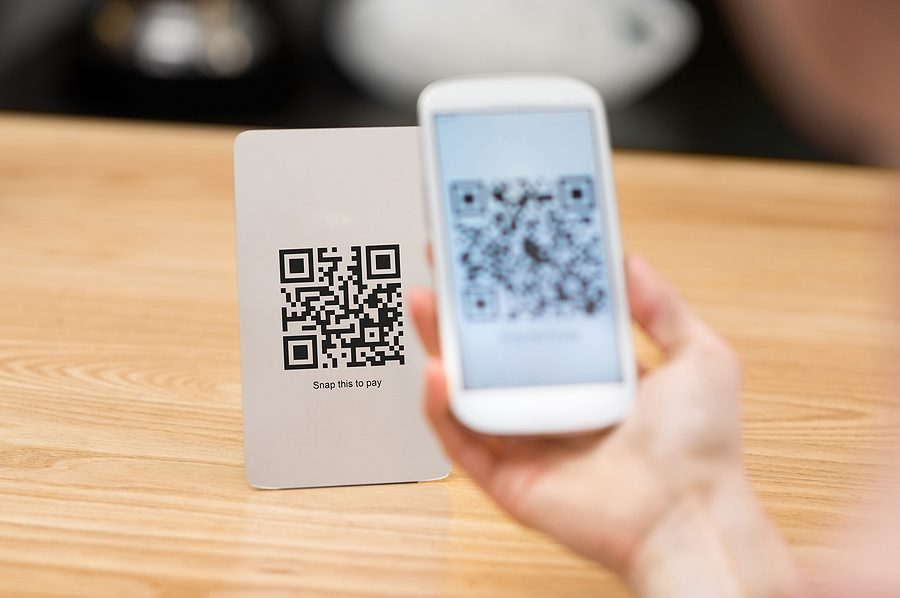How Scammers Use QR Codes to Steal Your Information
QR codes are everywhere—on restaurant tables, parking meters, and even airline tickets—offering a quick tap into convenience. While they may seem like harmless shortcuts, those little black-and-white squares can be gateways to much more than just a menu or payment screen. In the wrong hands, a QR code can quietly lead you straight into a data trap—putting your personal information, financial details, or device security at serious risk.
Scammers have figured out how to use QR codes to trick people into handing over login credentials, payment details, and other sensitive information. As more businesses adopt QR code technology for legitimate purposes, it becomes easier for criminals to blend in without raising red flags. Most people never think twice before scanning—but that’s precisely why this scam is gaining ground.

QR Codes Aren’t Always What They Seem
Unlike traditional web links, QR codes hide their destination until you scan them. That alone makes them a great tool for scammers. All it takes is one quick scan for someone to land on a fake website designed to look real. From there, it’s easy to trick people into entering passwords, downloading malware, or making payments to the wrong place.
One common scam involves replacing legitimate QR codes with fake ones. For example, scammers might slap a sticker over a real QR code on a parking meter. You scan it thinking you’re paying for parking, but your money goes straight to a scammer’s account—or worse, your device is compromised. Other scams involve phishing emails or text messages that include QR codes instead of links. The idea is the same: get the public to scan and click without thinking twice.
How These Scams Work
Most QR code scams follow a familiar pattern. The scammer gets you to scan the code. Then you’re taken to a site or page that looks legitimate—but isn’t. Here are a few ways they make their move:
Fake Payment Portals
A scam QR code might take you to a page that mimics a real payment processor. Everything looks normal, but once you enter your card info, it’s harvested and used for fraud. These scams are often used on parking meters, public kiosks, or small businesses that rely on contactless payment methods.
Phishing Pages
QR codes can lead to login pages resembling popular services—email providers, banking apps, or workplace tools. Entering your username and password can give scammers immediate access to sensitive accounts.
Malware Downloads
Some codes trigger automatic downloads. If your phone or device isn’t properly secured, you could end up installing spyware, keyloggers, or other malicious software without even realizing it.
Account Takeovers
Once scammers have access to your personal or financial accounts, they may change passwords, lock you out, or use your identity to open new lines of credit. QR scams are just the entry point—what happens next depends on how much you unknowingly share.
Why QR Code Scams Are So Effective
The biggest reason these scams work is simple: trust. People are used to seeing QR codes everywhere now. On top of that, many phones don’t give you a clear preview of the link before opening it. Even if they do, the URLs tied to QR codes can be shortened or masked, making it harder to spot a fake. Scammers are also good at creating websites that look professional and familiar, reducing the chances that you’ll pause and check.
How to Stay Safe
QR codes should never be scanned mindlessly. You can use them without risking your information by following best practices:
- Stick with trusted sources. If you’re scanning a QR code in public—on a flyer, poster, or meter—check to see if it looks tampered with. A sticker or poorly placed code could be covering up the original.
- Check the URL before clicking. Most phones will show you the web address before taking you to the site. Take a second to read it carefully. Don’t open it if anything looks off—misspellings, strange domain names, or numbers where words should be.
- Avoid QR-based payments whenever possible. While many businesses use them legitimately, going through a known payment app or website is safer than a code.
- Be cautious with emails and texts. If you get a message containing a QR code—especially if it’s unexpected—pause before scanning. Contact the sender through a known method if you’re unsure if it’s real.
- Keep your phone updated. Security patches and antivirus software help protect your device from malware that could be downloaded through a malicious QR code.
- Don’t scan codes from strangers or random handouts. If someone walks up to you with a QR code and asks you to scan it, that’s a major red flag. The same goes for unsolicited mailers or emails that ask you to scan to claim a reward or verify your identity.
Awareness Is Our Best Defense
The truth is, QR codes aren’t the problem—it’s how they’re being misused. Scammers rely on people being distracted, rushed, or unaware of the risks. You can avoid falling into a trap by being more cautious.
That doesn’t mean you need to stop using QR codes altogether. They’re still a useful tool when handled with care. The key is to stay alert, treat every QR code like a potential threat until verified, and remember that convenience should never come at the cost of security.
Protecting More Than Just Digital Data
While QR code scams are rising, they’re just one piece of the identity theft puzzle. Digital and physical documents hold value, and if they end up in the wrong hands, the results can be devastating.
Stay One Step Ahead of QR Code Scammers
QR codes can make life easier—but only if you stay in control. The growing use of this technology has created new opportunities for scammers, but awareness and smart habits can help keep your information safe. Be cautious about what you scan, verify before you click, and always treat your personal data like it matters—because it does. Whether online or offline, protecting your identity starts with a healthy dose of skepticism and a commitment to security in every interaction.
Stay Vigilant—Online and Off
QR code scams are just one example of how easy it is for criminals to exploit overlooked entry points. Digital traps aren’t the only risk—your old hard drives, DVDs, and even flash drives can hold massive amounts of sensitive data long after they’ve been discarded or damaged. Simply breaking a device isn’t enough. Skilled hackers can recover data from broken or bent storage media using advanced techniques.
We believe in one standard: total, physical destruction. Our NAID-certified destruction services ensure that no data survives, ever. From hard drives and smartphones to backup tapes and microfilm, we destroy and responsibly recycle it all—helping protect your data and the planet.
Whether you’re cleaning out obsolete tech or building a stronger data security strategy, AccuShred is your partner in safe, sustainable information destruction. Contact us to learn more about how we can help.








